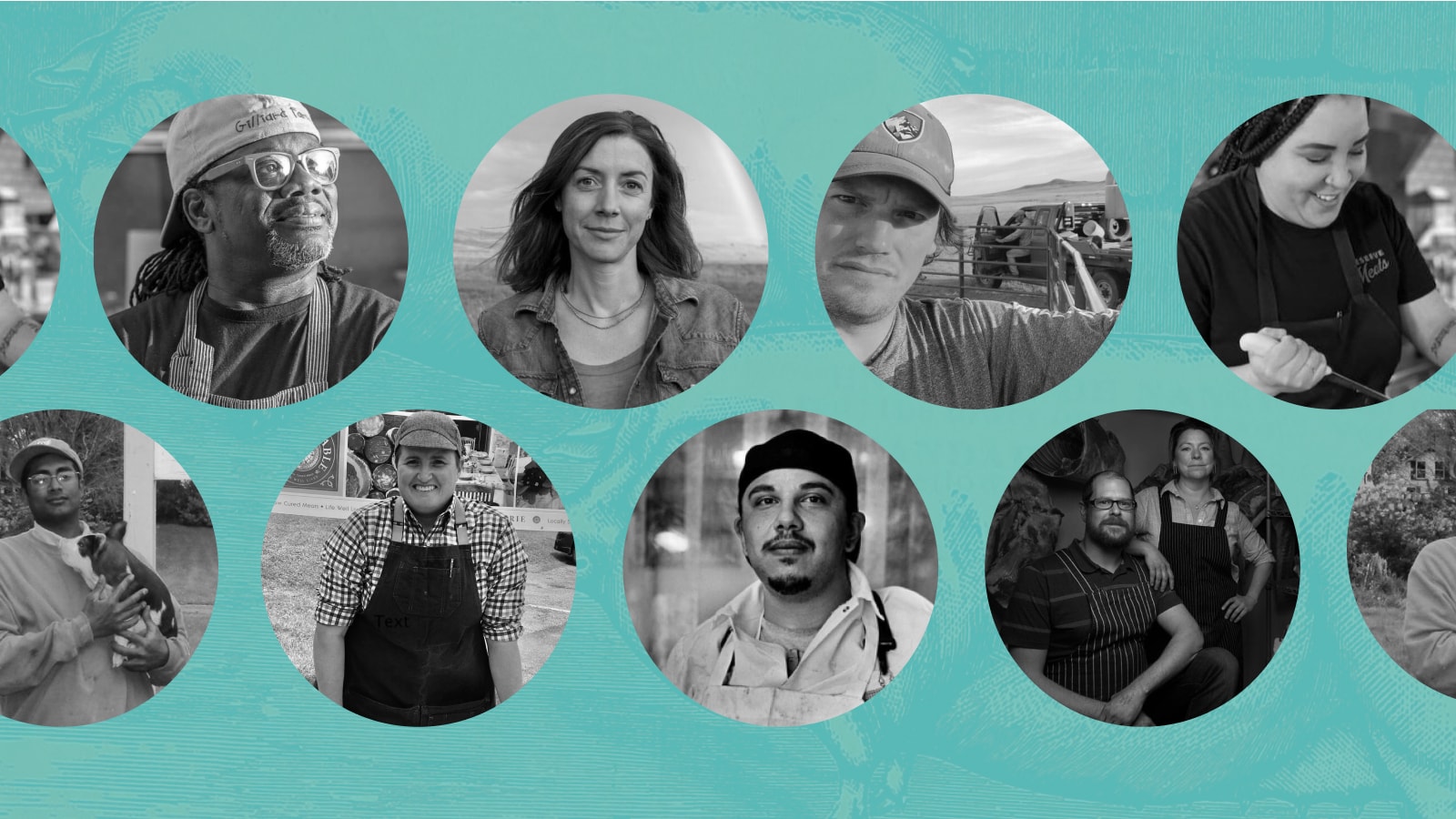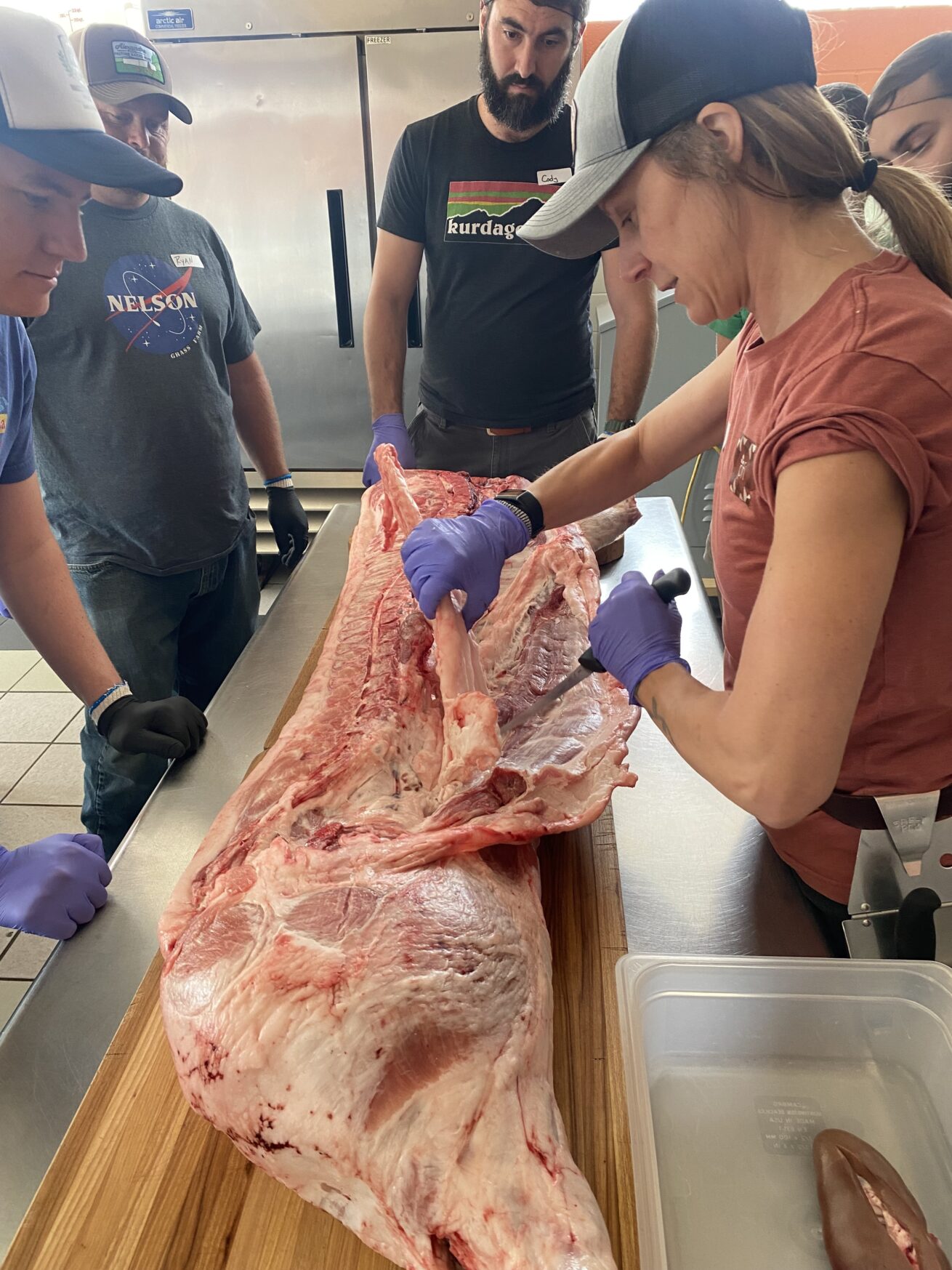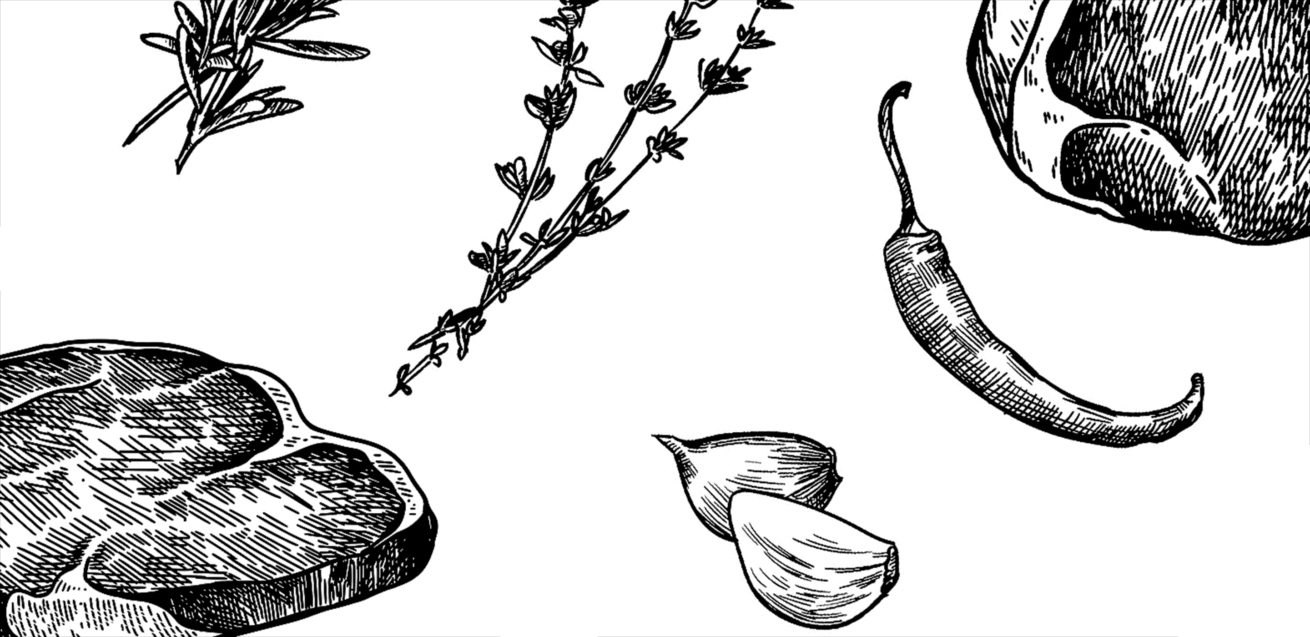Good Meat BreakdownGood Meat® Snapshots
Theresa Cecka Parks


Cecka started MPLS Meat Collective with a knife in one hand and a mission in mind. After reading Killing It by Camas Davis, she saw a gap in local meat education—and decided to fill it herself. With a deep respect for farmers, animals, and good food, Cecka teaches whole animal butchery that’s rooted in values, not just technique. Her classes connect people to meat in a way that’s hands-on, honest, and unforgettable.
Where do you live?
Minneapolis, MN
How long has your meat collective been running?
Three years (2022–present)
Why did you start your meat collective?
I started MPLS Meat Collective after reading Killing It by Camas Davis and learning about the Portland Meat Collective. There weren’t many butchering classes offered in my area, so I decided to start offering whole animal butchering classes.
How do you define your Good Meat® values?
For me, it starts with the farmer or farm community who raised the animal, and whether they live a good, supportive lifestyle alongside their livestock. Different regions have their own challenges and struggles that coincide with farming, but some fare better than others depending on the support they receive. After the animal is raised, I consider how it was killed and who the slaughterhouse or processor was. There is a shortage of stable, well-run processors who offer a good, living wage to their employees. This issue is not unique to Minnesota, and it’s a very important part of the process. Finally, it matters who is selling the meat and how they handle it before it reaches the consumer. For meat to be considered good, it needs to be properly stored, packaged, ground, and cut.
Why do you use meat for your classes that aligns with those values?
(I suggest rewording for clarity. Here's a possible edit while staying close to the original meaning:)
Because it’s important to me that the meat used in classes reflects the values I believe in. Sourcing meat that aligns with these standards helps reinforce the message I’m trying to share with students about ethical and sustainable meat.
Where and when did your journey into butchering Good Meat® start?
For me, it started at my local co-op. Once I worked in the Meat and Seafood department, I knew that I wanted to learn all I could about meat and where it came from. But long before that, I worked with local organic vegetable farmers and CSAs. Those seasons taught me the value of fresh, local ingredients and how much they matter.
What is one thing you wish more consumers knew about buying or using meat?
That expensive doesn’t always mean better. Some of the best cuts of meat are inexpensive and often get overlooked in favor of prized restaurant cuts like NY strip, ribeye, filet mignon, etc.
What meat or meat dish do you eat most regularly, and what do you eat for a special occasion?
Most regularly: ground meat (beef or chicken).
Special occasion: Arctic char, grass-fed chuck eye, or picanha.
What cut of meat do you think is most undervalued or underutilized?
Beef shanks, arm and chuck eye, chicken liver, pork belly, ground lamb.
What is one of your biggest challenges as a Good Meat butcher and educator?
Making it financially sustainable. It’s hard to make it my full-time income. I haven’t invested a lot of money into the business and have been able to pay myself, but it’s still not enough to depend on.
What are some songs you listen to while butchering? (Song Title and Artist)
“Colors” by Black Pumas
“Texas Sun” by Khruangbin
“Wildfires” by SAULT
What do you hope to offer in the next five years through your meat collective?
I’m hoping to offer more youth classes and a semester-long course for folks who want to dive in deeper.
Good Meat® Snapshots
Popular Links

Transparency in meat, from pasture to plate.
Practical tools and a national directory to help you choose—and champion—ethical and responsible meat.